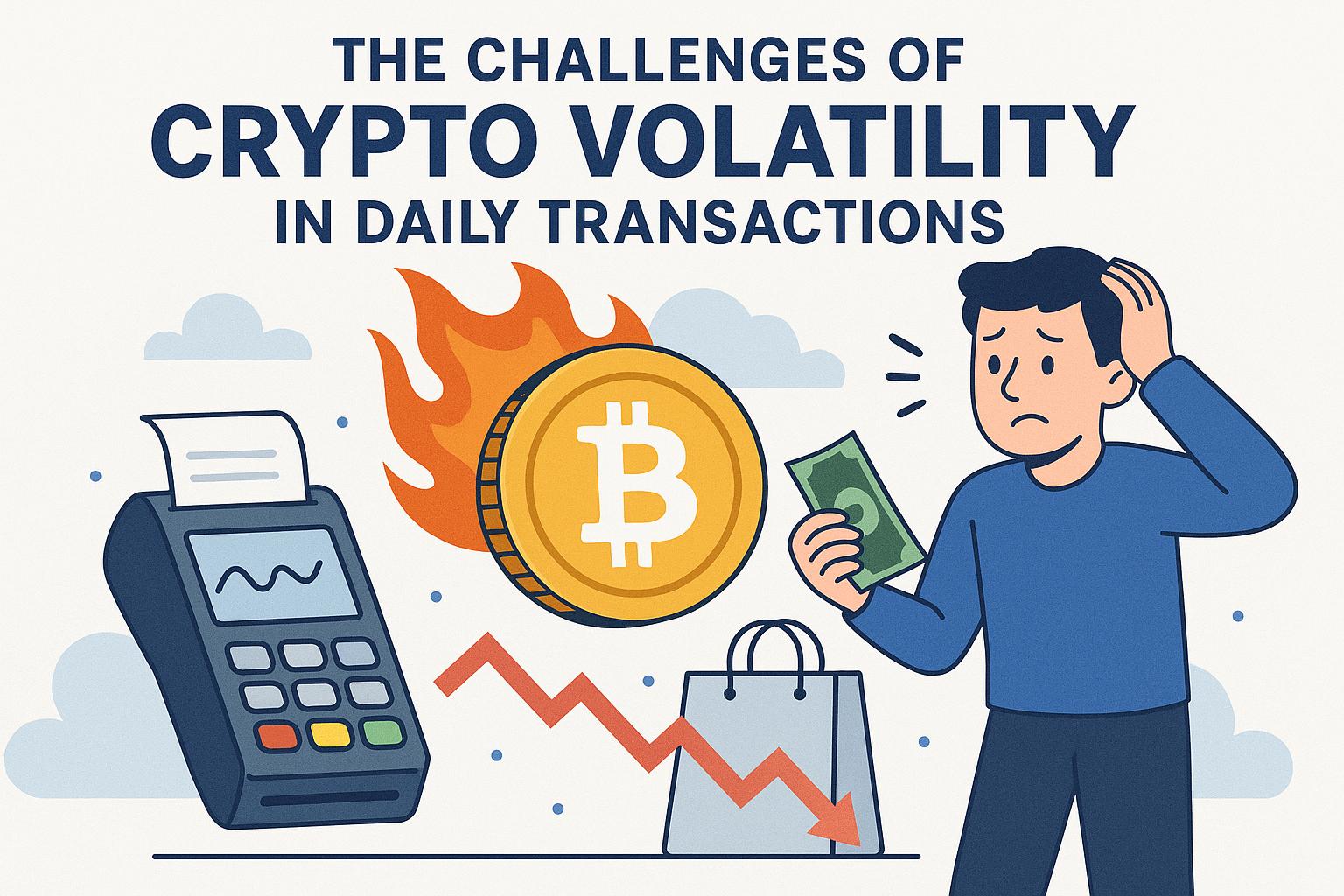The Nature of Cryptocurrency Volatility
The landscape of cryptocurrencies is distinct from traditional financial systems, primarily due to the significant volatility that characterizes digital currencies. Unlike fiat currencies, whose value is relatively stable under the purview of government and central bank policies, cryptocurrencies exhibit large fluctuations in their value over short periods. This volatility can be attributed to a multitude of factors, including speculative trading, regulatory announcements, and technological advancements. Understanding these elements is crucial to comprehending the nature of digital currencies and their place in both current and future financial ecosystems.
One of the key examples often cited when discussing cryptocurrency volatility is Bitcoin, one of the oldest and most widely recognized digital currencies. Bitcoin has displayed wide swings in value over the years, with price changes sometimes exceeding several thousand dollars within days. This inconsistency in value is not only observed in Bitcoin but is a common feature across a variety of digital assets. As cryptocurrencies continue to diversify and expand, acknowledging and addressing this volatility becomes all the more necessary.
Impacts on Daily Transactions
The volatile nature of cryptocurrencies brings forth specific challenges, particularly concerning their use in daily transactions. Both merchants and consumers experience uncertainty when using digital currencies as a medium of exchange, primarily because the value of these assets can shift considerably within short time frames. Such instability complicates the consistent pricing of goods and services, since the equivalent cryptocurrency value can change considerably even within a single day.
Merchant Concerns
Merchants face substantial risks due to the inherent volatility of cryptocurrencies. A significant concern is the potential for losses if the currency’s value declines shortly after a transaction. For example, a business that accepts Bitcoin as payment for goods might find, within a short period, that the value of Bitcoin has depreciated significantly by the time they convert it to a more stable currency. This unpredictability necessitates that merchants develop strategies to mitigate potential losses.
Some businesses have adopted practices such as frequently adjusting prices according to market trends or employing immediate conversion services to exchange cryptocurrencies into fiat currencies promptly. In certain cases, merchants may choose to accept only stablecoins—a type of cryptocurrency pegged to a stable asset like the US dollar or gold. These coins offer a more stable and predictable value, reducing the risk associated with traditional cryptocurrencies.
Consumer Considerations
For consumers, the volatility of cryptocurrencies presents distinct challenges. When purchasing goods or services with digital currencies, consumers may find themselves overpaying if the currency’s value rises shortly after the transaction is completed. Conversely, a drop in value poses the risk of financial loss if consumers hold the cryptocurrency longer than intended. This uncertainty can deter consumer confidence in using digital currencies for everyday transactions, inhibiting the widespread adoption of cryptocurrencies.
Solutions and Mitigation Strategies
Several solutions have emerged to navigate the challenges of cryptocurrency volatility effectively. These solutions range from technological innovations to regulatory efforts and include a variety of strategies aimed at reducing risk.
Stablecoins have gained popularity as a means to counteract the volatility of traditional cryptocurrencies. These digital assets are pegged to stable assets, like the US dollar or gold, offering a more predictable store of value. By utilizing stablecoins, both consumers and merchants can engage in transactions with greater confidence in the prospective value retention of the currency used.
Another approach involves the employment of crypto payment gateways that enable the instant conversion of digital currencies into fiat currencies. By doing so, merchants can shield themselves from sudden market changes, thus ensuring that the value of their transactions remains intact.
Additionally, some platforms offer hedging tools designed to allow both merchants and consumers to lock in the value of a transaction at a specific rate, independent of ongoing market fluctuations. These tools provide a means to secure transactions against the volatile tides of cryptocurrency markets, ensuring stability despite inherent unpredictabilities.
The Role of Regulation
Regulatory frameworks also play an essential role in stabilizing the cryptocurrency market environment. Clear and consistent regulations can help minimize speculative trading activity, thus enhancing investor confidence and indirectly moderating volatility. As government bodies and regulatory agencies worldwide work towards crafting comprehensive policies, the aim is to safeguard consumers, foster market stability, and encourage the responsible growth of digital currencies.
The establishment of well-defined regulatory guidelines provides a safety net against potential fraudulent activities and creates a structured environment where cryptocurrencies can develop alongside traditional financial systems.
The Future of Cryptocurrencies in Daily Transactions
Despite the challenges presented by cryptocurrency volatility, the potential for these digital currencies to revolutionize payment systems remains undeniable. As continuous technological advancements pave the way for improved infrastructure and capabilities, cryptocurrencies are becoming increasingly viable for everyday use. Complementing these developments, enhanced regulatory clarity is likely to further encourage more widespread adoption and integration of digital currencies into mainstream financial systems.
As the industry matures, ongoing developments in tools and technology provide more stable and reliable transaction environments. For those interested in delving deeper into how cryptocurrencies are evolving within the financial landscape, dedicated resources on financial technology are available for further exploration.
In conclusion, while the inherent volatility of cryptocurrencies presents substantial challenges to their use in daily transactions, emerging solutions and innovations offer promising pathways toward mitigating these issues. As both businesses and consumers adapt to the changing digital environment, their flexibility and embrace of these new technologies will play a crucial role in the mainstreaming of cryptocurrencies in everyday financial activities.
This article was last updated on: August 28, 2025







